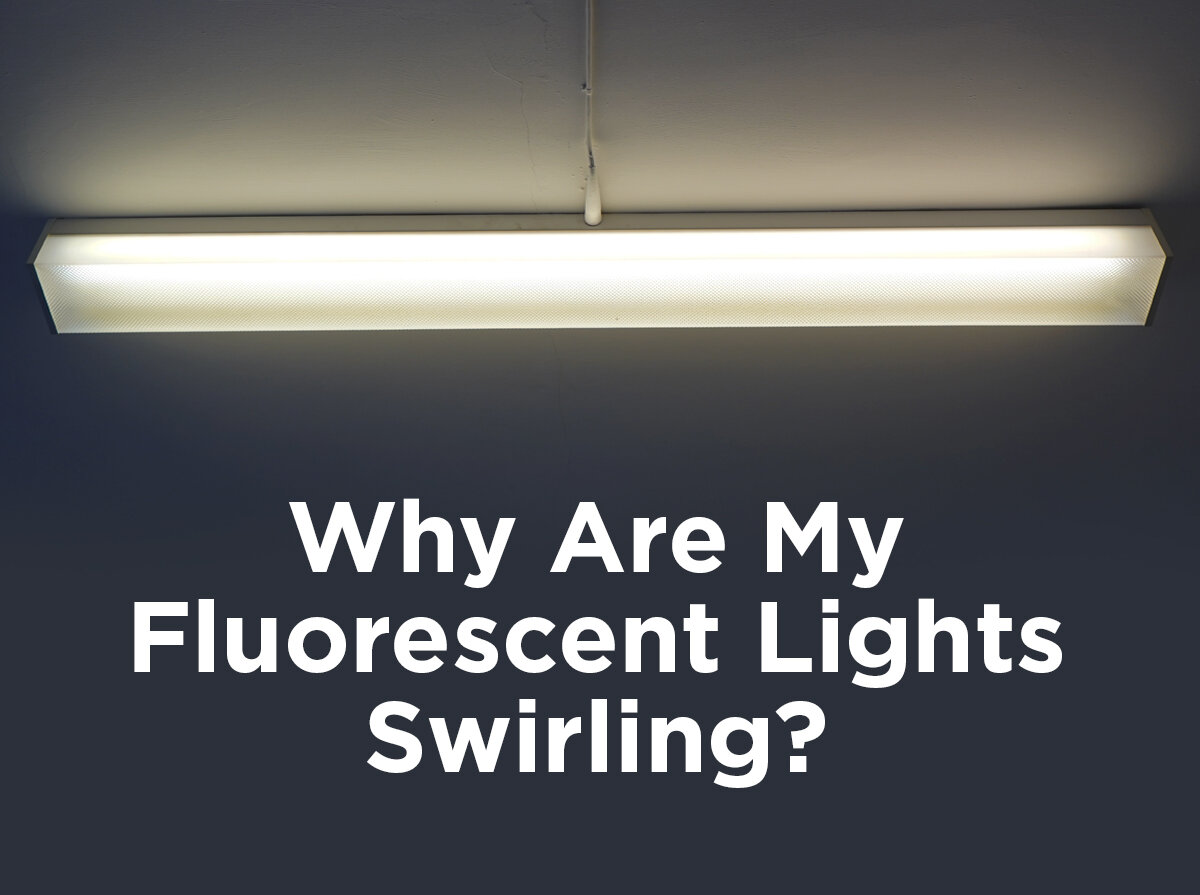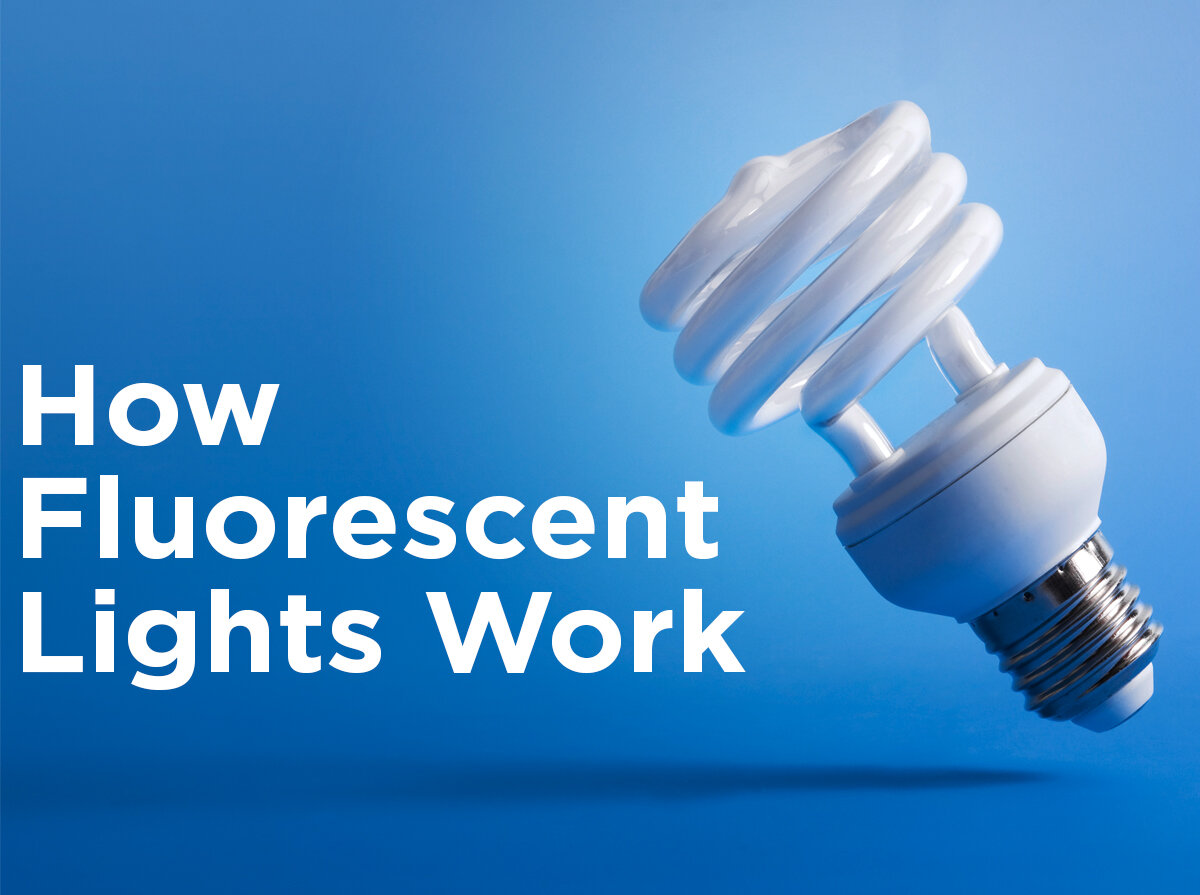What Is a Ballast in a Light Fixture? Understanding Ballast Types and Functions
Updated 1/13/25 by Angela Rogers
If your office, warehouse, or building uses fluorescent tubes or plug-and-play LED tube lights, you depend on your fixture’s ballast to keep things running smoothly. You know the ballast is an important part of the fixture, but do you know why or how it works?
Ballasts are essential components in light fixtures, regulating voltage and current to ensure proper lamp operation. Understanding what a ballast is and how it functions is crucial for maintaining efficient lighting systems in both residential and commercial settings.
Defining Ballasts: What Does a Ballast Do in a Light Fixture?
Simply put, the ballast is the heart of a fluorescent light fixture sending energy (pumping blood) through the lamp. A ballast provides the correct amount of voltage to start the lamps and regulates the amount of current that flows to them once they’re on.
Fluorescent lighting has been around since the mid 1800s. The first commercially successful gas-discharge lamp, created by Daniel McFarland Moore in 1895, was controlled with an early magnetic ballast. Early ballasts were large, bulky, and generated audible noise. As technology advanced, they became more streamlined. Eventually, magnetic ballasts were replaced with electronic ballasts. These ballasts are more compact in size and are far more energy efficient than their magnetic counterparts.
How Does a Ballast Work?
In order to start a fluorescent bulb, an arc between two electrodes in the lamp must be produced. This arc occurs when the ballast quickly supplies the correct amount of voltage and electrical current to strike the arc. It then immediately limits the voltage and current drawn to just enough to produce a steady light output. Without this regulation, a fluorescent tube drawing power directly from a high voltage power source would uncontrollably increase its current draw. This would cause the lamp to overheat and burn out within a couple of seconds. Ballasts are designed to operate with a specific number of lamps of a specific type at a specific voltage. This means, not all ballasts are compatible with all fluorescent lamps.
Exploring Ballast Types: Magnetic vs. Electronic
The two types of fluorescent ballasts are magnetic and electronic.
Magnetic Ballasts
Magnetic ballasts are an older technology that mostly commonly comes in either preheat start or rapid start methods. These ballasts tend to be less expensive than others, but have the tendency to hum and flicker at about 120 times per second. The preheat and rapid start methods heat the lamp’s cathodes before the ballast provides the voltage to start the lamp.
Electronic Ballasts
Electronic ballasts operate relatively quietly, eliminating the flicker common in magnetic ballasts, and are more energy efficient. This type of ballast can be rapid start, instant start, or programmed start methods.
Instant start ballasts are the quickest to turn on the lights. However, they are designed to stay on or off for longer cycles. Frequently switching them on and off can shorten the lamp life in the long run. They’re called instant start because they start the lamp instantly by sending about 600 Volts through the lamp to kick start the cathodes.
Rapid start ballasts are slightly slower to turn on than instant start ballasts, however they are easier on the electrodes and are more cost effective. They heat the cathodes before, during, and after the lamp lights. These ballasts are ideal for lamps with more frequent on/off cycles.
Programmed start, aka programmed rapid start, ballasts are slower to start, but don’t have the damaging effects of an instant start ballast when used with more frequent on-off cycles. This type of ballast is basically a smart rapid start ballast. This type of ballast senses the temperature of the lamp cathodes and uses just enough power needed to ignite them. Since cold cathodes take more power to ignite, these ballasts are more energy efficient than other ballasts. They are designed for rooms with frequent on/off cycles like stairwell, hallways, or bathrooms fitted with occupancy/vacancy sensors.
When Should I Replace My Ballast?
Though replacement isn’t a common need, after about three years, it’s normal to see some fall off in the performance of a fixture’s ballast. They tend to fail gradually so the lamps go from slight issues sustaining full light output to complete failure to light. All ballasts fail at some point, so it’s important to know the signs of failure. If your lights seem to be dim, buzzing, flickering rapidly, or changing color, it may be time to service your fixture.
Signs of Ballast Failure
Here are a few of the most common signs of a bad ballast:
Dim or Inconsistent – As the ballast’s ability to accurately regulate the current and voltage diminishes, lights will eventually begin to be noticeably dimmer at times or inconsistent.
Flickering – Flickering is caused by the current increasing in random busts. This will worsen as the ballast ages, eventually causing the lamps to burn out prematurely.
Buzzing or Humming Sounds – Loud humming or buzzing sounds are cause when a bad ballast constantly restrikes.
Lamps Changing Colors – When a ballast isn’t operating properly, tubes may start producing different colors as the voltage surges at random.
Benefits of Upgrading a Ballast
Once you have confirmed that your ballast does need to be replaced, it’s time to start looking for a replacement. If you have a newer electronic ballast, you should be able to easily find the exact same model or a slightly newer generation. If you are using older magnetic technology, you will need to upgrade to an electronic ballast.
Upgrading ensures that your lamps continue to light and function properly. Electronic ballasts are also more energy efficient, which can help lower your costs. They are also quieter and can even help lengthen the life of your tubes depending on the ballast type. These ballasts are also compatible with a wider range of tube types, including plug-and-play and hybrid LED tubes.
Environmental Impact and Ballast Disposal
Old ballasts are removed from the fixture, they need to be disposed of properly as many contail hazardous materials. Ballast manufactured through 1979 contain polychlorinated biphenyl (PCBs), which is toxic to both people and the environment. Many ballasts manufactured after 1978 contain DEHP. This clear, orderless liquid is also known to cause environmental and health problems.
The method of disposal will depend on what the ballast contains and if it is leaking. If your old ballast contains PCBs and is leaking, it must be incinerated per the EPA Toxic Substances Control Act (TSCA). Non-PCB ballasts can be thrown away in the garbage, however it is strongly recommended that they be recycled. You can learn more about your stage regulations on ballast disposal through the Association of Lighting and Mercury Recyclers (ALMR).
Did we miss anything? Leave any other questions you have about ballasts in the comment section below or contact one of our lighting experts at 1-800-624-4488, Monday through Friday, 7AM to 7PM CST. Shop our wide selection of fluorescent ballasts today!







